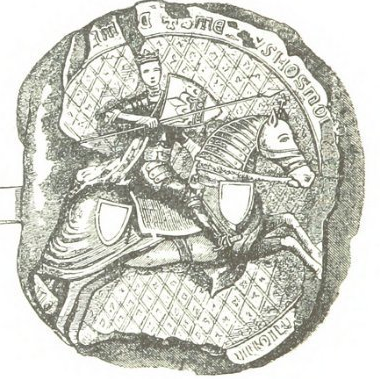The northern Bosnian city of Tuzla has always been unique. Its deep connection to the earth and its people’s openness and tolerance are some of its most cherished features, almost quintessential of Bosnia itself. But the town has a long and interesting history as well. Some scholars speculate that the area in present-day Tuzla is one of the longest continually inhabited settlements in all of Europe, spanning some 6,000 years.
As the third-largest city in the country (approximately 120,000 people), Tuzla has always commanded a place of importance in Bosnia. The region surrounding the city is blessed with natural beauty and resources, most precious of which is salt. Tuzla’s legendary salt mines were known to numerous civilizations throughout time. Tuzla is so interlinked with its salt deposits that its very name stems from the Turkish root word tuz (salt). In the Medieval era, the city was known as Soli, also meaning salt, or “to salt,” and Salines prior to that.
Prior to Tuzla being conquered by the Romans, it was inhabited by the Illyrian tribe Breuci, who were known for their resistance to Roman occupation. The first written record of a settlement in Tuzla is found in Constantine Porphyrogentius’ De Administrando Imperio in which Tuzla is called Salines. An important part of the Kingdom of Bosnia, the region, like the rest of the country, fell to the Ottoman Empire in 1463. In 1878, it changed hands once more, through annexation to the Austro-Hungarian Empire. During World War II, Tuzla was one of the first areas in Europe to be liberated when Tito’s Partisans freed the city from Nazi occupation on October 2, 1943.

There is no historical era in which Tuzla did not contribute, in some meaningful way to the rich cultural fabric of the country. One of the most unique and touching stories which occurred here is the story of Sefket Kurt. On Christmas Eve, 1942, Tuzla was under Nazi occupation. As a result of racial purity laws, Ustasha officials ordered a plan into action which would have seen hundreds, possibly thousands of ethnic Bosnian Serb citizens be killed. Kurt actively lobbied on behalf of the ethnic Serb population in the city, and against the racial purity laws which were put into official decree in the city. As a result of his heroics, hundreds, possibly thousands, of Serb civilians were spared the Nazi brutality. Kurt himself lost two sons during the course of the war as part of the Partisan resistance.

The story of Sefket Kurt is simply one example of the generosity and open-hearted nature of Tuzla’s populace. The connection between the various people of the city, and the city itself has always been strong. In 1920, Tuzla witnessed one of the most important episodes in its history as seven miners were killed and 400 beaten and imprisoned for their roles in a general strike known as the Husino Rebellion. Close to 7,000 miners from all ethnic and religious backgrounds participated in an armed rebellion against industrial slavery. Despite the nature of the end of the insurrection, Tuzla’s multiethnic and tolerant character has always been one of the city’s greatest merits and this episode only further cemented the city’s anti-authoritarian legacy.
In terms of architecture, even though Tuzla does not boast a significantly large or expansive old town district, plenty of preserved buildings from the Ottoman and Austro-Hungarian time periods still exist, as well as some remnants of the Medieval era. Some of the most famous buildings in the city include the Turalibeg’s Mosque which features a stone minaret and a pyramid-shaped roof, wholly unique in the Islamic world. Turali Beg was an Ottoman urban planner and developer and commissioned the construction of the mosque sometime between 1548 and 1572. A complete contrast in style is the Dzindic (Huseina Causa) Mosque. This photogenic building resembles a residence more than a religious building with its whitewashed walls and wood-shingled roof and minaret. The mosque was first mentioned in 1701 but has been restored numerous times over the years.

On the north side of the old town district is a green building called Kapija (Gate). Built by the Austrians, it was also the spot of a great tragedy in the most recent Bosnian War when a shell landed and killed 70 people on the site. A memorial marks the location now. Tuzla is also home to some impressive churches, including the Orthodox Cathedral, built in 1926. The large exterior is matched in quality by the iconography of saints on the walls on the interior. A Catholic church, Saints Peter and Paul Franciscan Monastery is located nearby as well and includes a gallery and library which is open to the public. Tuzla’s extraordinary tolerant character is display everywhere including in the proximity of its religious buildings to one another.
The city once boasted one of the largest Jewish populations in Bosnia and Herzegovina as well, and Tuzla was the birthplace of Hilde Zaloscer, an important art historian and novelist. History nerds will jump for joy at the Eastern Bosnia Museum which has well over 50,000 items on exhibit spanning some 6,500 years. One of the most visited sites in Tuzla is the artificial Pannonian Lakes which draws thousands of tourists to their shores every summer for a relaxing cooldown.


One thought on “Tuzla: Bosnia’s ‘Salt of the Earth’”